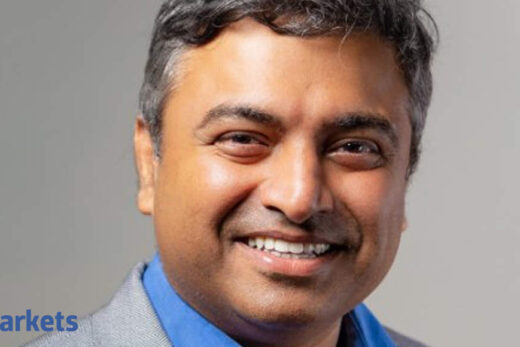And of course, the strong trunk of the tree – Sebi, the regulator – has been backing this growth with an adequate supervisory and technology-driven infrastructure framework. A modern regulator, Sebi has been using technology very effectively in various aspects of its functioning, including in surveillance – its software scanners can today quickly spot sneaky trades.
Taking the tree analogy a bit further, the growth of the market is evident not just in its market capitalization, but in its many other branches which have developed over time to form the crown of the tree – the primary and secondary equity markets, the corporate debt market, mutual fund industry, alternative investment commodities market, etc.
The past 30 years have witnessed growth across all the markets. In this period, we have witnessed the development of a very efficient trading system, which moved from outcry to electronic, conversion of shares from physical to demat, implementation of an electronic payments and settlement system and conversion of the famous badla system into globally accepted options and futures trade. Today, we have one of the highest traded volumes on the derivative segment with a growth of almost 32 per cent CAGR over the last five years. Our cash market has been clocking huge volumes with a growth of 29 per cent in the last 5 years – last year, trades worth $2.14 trillion were executed.
Capital of more than $45 billion was raised last year through primary issuances – one of the largest capital raising ever. We have significantly progressed from a fixed price long-lead IPO process of several weeks to an international style book-build IPO process, almost on-tab follow on offerings, and fast track online rights issuances. On the strategic side too, we have made considerable progress on mergers & acquisition and takeover transactions.
Our commodity markets also have seen volume growth of almost 40 per cent CAGR over last three years. With the recent announcement of Sebi on setting up of gold exchange, we expect this market to grow further. The debt market, more particularly the corporate bond market, is again growing extremely well both in terms of value and volume. The corporate bond market has seen volume growth of 50 per cent CAGR over the last 10 years.
The mutual fund industry has ballooned to four times its AUM in the last decade with a CAGR of 15 per cent. Today, it has grown to almost $450 billion, which is almost 22 per cent of the total deposits in banking sector. Private sector mutual funds which had made modest beginnings in 1993 are dominant players today.
The start-up space is also growing extremely fast. According to some studies, the Indian start up space is valued around $300 billion which is likely to touch $1 trillion mark by 2025.
The successful introduction of products like REITs and InvITs, and possibly SPAC going forward, have brought us on par with global markets in terms of product basket. Any future full convertibility of rupee may open new opportunities in the market.
Inspite of so much growth and complexity getting added in the markets, the regulator has infused stability and assurance all through. It has kept the base strong as the various branches grow and flourish.
In the future, as the market grows significantly larger, more complex, and dynamic, adequate resources need to be deployed/trained to deal with such complexities. The regulators may need to invest far more resources in terms of people, training, and technology. While there are no immediate challenges, given the way the equity market is growing, the considerable proportion of the mutual fund industry in domestic savings, and the growth in other parts of the capital markets, the regulators should envision the resource requirements in advance. This proactive planning would avoid any future bottlenecks in terms of capacity and capability.
As market participants, we would surely like to see the crown of this tree continue growing bigger and greener with a strong governance and regulatory base.



